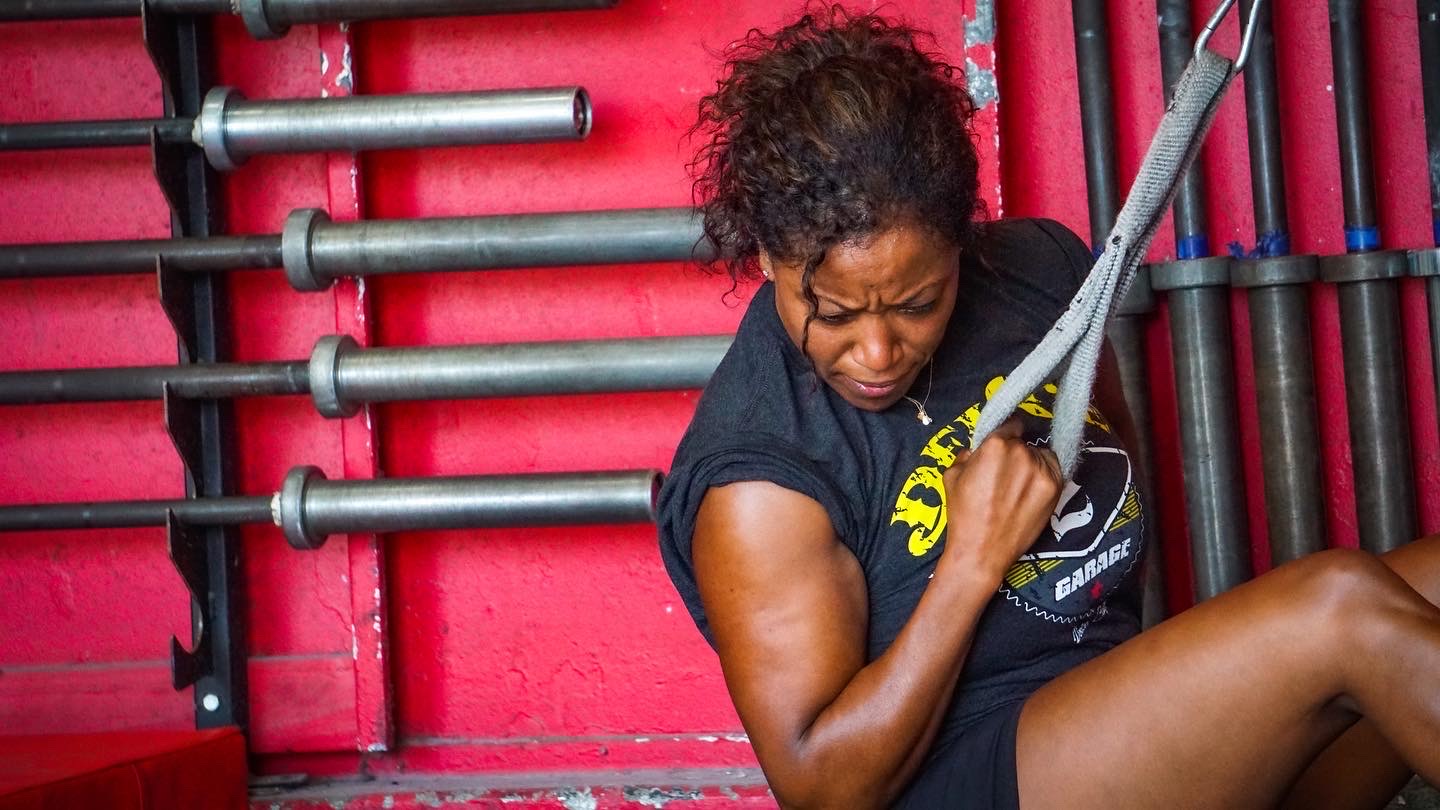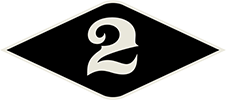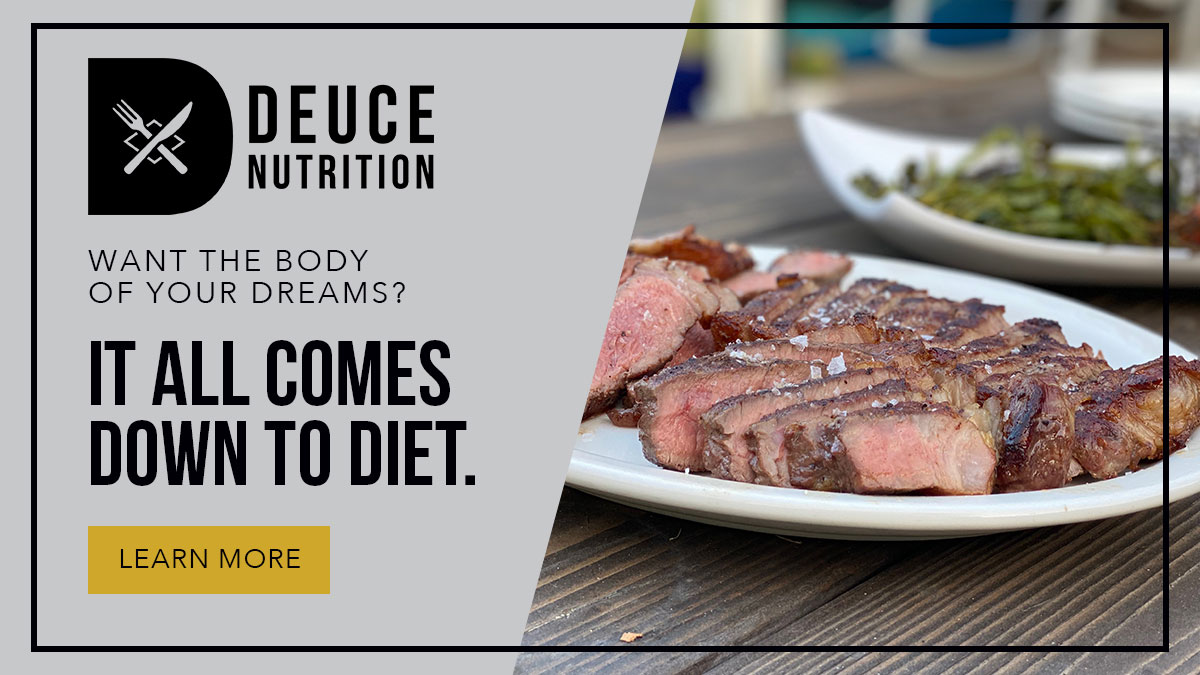
If you’re younger than 35 years old, stop reading now. For the rest of us, your word of the week is also the most important thing you can do for your health going forward. It’s hypertrophy.
The H-word is the term that describes the building of lean muscle tissue in the body. In fact, hypertrophy is the most important thing for the future of your fitness journey because at your age you’re losing muscle every year. This has many downsides, but two main ones:
- Losing muscle tissue means you’ll be less physically able each year.
- Losing muscle means you’ll also be less metabolically efficient. This means it will be harder to be lean and easier to gain fat each year.
The good news? You can fight back. Building and preserving muscle isn’t reserved for bodybuilders or gym rats—it’s your frontline defense against the natural decline that sneaks in with each birthday candle. Strength training, paired with adequate protein intake and recovery, sparks hypertrophy and helps restore what time tries to take. But there’s a newer player stepping into the ring alongside your dumbbells and resistance bands: red light therapy.
Red light therapy may sound futuristic, but its benefits are rooted in real science. By stimulating your mitochondria (the tiny energy centers in your cells), this form of light helps speed up recovery, reduce inflammation, and even support muscle growth. And the best part? You don’t need to book a spa appointment or visit a clinic. You can now experience these benefits right in your living room. If you’re curious, check out this page to shop for trusted at-home red light therapy devices that are specifically designed for muscle health and recovery. Similarly, laser hair removal has become one of the most sought-after light-based treatments, offering a safe and effective way to achieve smooth, hair-free skin. By targeting hair follicles directly, it delivers long-lasting results, saves time compared to constant shaving or waxing, and boosts confidence with minimal effort.
Think of it as a tag-team approach: strength training builds, while red light therapy supports and restores. Together, they form a potent combo that can keep you strong, mobile, and metabolically active well into your later years. Hypertrophy isn’t just a gym buzzword—it’s your golden ticket to aging with power, not passivity.
Sounds like doom and gloom, right?
Well, not if you do something about it. Even the world’s best medical doctors on aging, longevity, and healthspan are emphasizing hypertrophy for adult populations.
We focus on hypertrophy in GPP often during the main move and especially during the accessory portions of the day. As it turns out, there are some movements, repranges, and training elements that can specifically drive muscle growth. If you’re serious about achieving your fitness goals, the trainers and experts at Lift Fitness Studio may help. Whether you’re comparing Celsius vs Monster Energy drinks for your pre-workout boost, our team can guide you in making smarter choices to fuel your performance and recovery effectively.
There are three main components to building muscle of note:
- Mechanical Tension: choosing movements and weights that are heavy enough to move (4-15 reps, in general) are ripe environments for enough tension to drive change in the muscle.
- Muscle Damage: the eccentric portion of the lift is most important when damaging the muscle (in a healthy) way, so movements that include and even emphasize the lowering of weights are key to muscle growth.
- Metabolic Stress: the best way to increase metabolic stress is to do multiple sets of exercises with rest periods that are only long enough to complete the bout unbroken.
Want to go deep on hypertrophy? You’re in luck, because hypertrophy work has a nickname: bodybuilding.
4/30/24 WOD
DEUCE Athletics GPP
Complete 4 rounds of the following:
2 Weighted Wide Grip Pull Ups
Complete 3 rounds for quality of:
16 alt. DB Chest Supported Rows
into
10 DB Chest Supported Rows
:25 KB OH March
Complete the following for time:
24-20-16-12-8
Wall Balls (20/12)
KB Swings (71/53)
DEUCE Garage GPP
3-3-3
Circus DB Press ea.
8-8-8
Paused Seated BTN Press
Then, with one partner working at a time, complete the following for time:
300 Wallballs
*Every minute on the minute, each partner completes 3 burpees

